The recent news of India’s proposed export of Akash Air Defense missiles to Vietnam, and the assertion of Shri Manohar Parrikar, the Raksha Mantri, of raising India’s defense exports six fold to US $ 2 billion1 in the next two years or so, are some indicators of the nation’s resolve to reverse the trend of India’s arms trade. This is an affirmative action to change the unenviable status of India being the world's largest arms importer, accounting for 14% of the global imports, spending over $120 billion on arms acquisitions over the last 15 years2.
Though China also is amongst the largest importer of arms (the third largest, with 4.7% of global imports). But ironically it also is the world's third largest arms exporter after the US and Russia, exporting 5.9% of global arms, and is in league with nations exporting major platforms like aircraft and tanks. China’s exports to Asia and Oceania during the period 2011-15 were 139 per cent higher than in 2006-10, with Pakistan receiving 35% of the arms exported, followed by Bangladesh (20%) and Myanmar (16%)3. As would be evident, China is off-setting its defense imports with its own substantial defense exports. In addition, the strategic dividend of developing defense dependencies in the sub continent can also not be lost sight of.
Undoubtedly, India’s defense exports are abysmally low in comparison to its own imports. However, contrary to the cynical assertions of certain skeptics, there are indicators of tangible efforts at reversing the trend in India’s arms trade, both at policy and execution level. With modest streamlining and liberalization of the defense trade regime, the defense exports in 2015–16 touched approximately Rs 2059 cr from a modest Rs 1153 cr in 2013–144. This is despite a large number of items having been removed from the ‘military goods’ restrictive list in the revised notification of the Ministry of Commerce and Industry ( 13 March 2015). It is well appreciated that these figures are modest and constitute a mere fraction of the US $64 billion worldwide defense trade. The trend however is positive.
In continuation of the efforts to encourage defense exports, a `Strategy for Defense Exports’ was evolved and promulgated in 2015 by the Ministry of Defense5. Formulated within the overall ambit of the Foreign Trade Policy of the Ministry of Commerce & Industry which includes various export promotion schemes, duty/tax exemptions, it also includes measures required for promotion/ facilitation of defense exports through institutional mechanisms and by streamlining the process of issuing online No Objection Certificates (NOC)/clearance for export of military stores within a stipulated period of 4-6 weeks. Salient provisions of the Defense export strategy for export promotion are as follows:-
- Export Promotion Body. Creation of an advisory body, in the form of a Society or `not for profit’ company, incorporating representatives from Industry, has been proposed to promote/ facilitate exports. The body would be an advisory interface between the government and industry and would work in conjunction with MoD, MEA, Department of Commerce and other stake holders. It would identify suitable markets for defense exports and promote these, within the parameters of nation’s foreign policy, norms of international arms control regimes and defense cooperation agreements. This body is in the process of being created.
- Exports Steering Committee. A ‘Defense Exports Steering Committee’ (DESC) under the Chairmanship of Secretary, Department of Defense Production has already been constituted in accordance with the Defense Export Strategy. The Committee has representatives of HQ Integrated Defence Staff (IDS), the Armed Forces, DRDO, International Cooperation and Acquisition Wings of the Ministry of External Affairs (MEA), Director General Foreign Trade (DGFT) etc. Representatives of industry and other experts are also incorporated, as required. The Committee takes decisions on proposals of export permissions beyond the purview of subordinate authorities/committees particularly with respect to the export of indigenously developed sensitive defense equipment and monitors overall progress of defense exports.
- Supporting Defense Exports. Realizing that defense exports and diplomacy complement each other in international relations, particularly towards building regional dependencies and interoperability between the armed forces, the strategy envisages incorporation of industry delegations from public/private sector/JVs in international delegations/dialogues. This is to demonstrate national commitment to defense exports. Indian Missions abroad are also being associated now in promoting export of Indian defense products.
- Export Financing and other Incentives. The strategy envisages creation of incentives and promotion schemes for defense exports and creation of line of credit facility in conjunction with the MEA. Wherever feasible, the possibilities for financing of defense exports through EXIM Bank/ Buyer’s Credit facility of Department of Commerce would also be explored. In a recent development, the Government of Maharashtra has decided to set up a special `offset’ fund of Rs 1000 cr, to encourage defense equipment manufacturing firms set up their facilities in the state, by providing them low cost capital6.
- Use of Offset Policy. Offset mechanism is also sought to be used to help the domestic industry to enhance exports. The strategy envisages reviewing and aligning the policy towards final integration of weapons/systems in India and promoting export of such equipment from here. The Policy would also facilitate leveraging acquisition of critical technologies required for exportable high end weapons/platforms.
Reversing the trend of Arms trade is also amongst the priority areas being addressed by the `High level Committee for Defense Cooperation with Foreign Countries’, chaired by the Raksha Mantri , which includes amongst its members National Security advisor (NSA), Defense and foreign Secretaries and the Chief of Integrated Defense Staff (CISC). The committee has been functional since December 2015.
Recommendations
Initiation of efforts at enhancing indigenization and defense exports, with the promulgation of Defense Exports Strategy is a welcome step and setting up of a challenging benchmark of US $ 2 Billion exports by the government, provides the necessary impetus. Following recommendations are made to achieve tangible results in enhancing defense exports:-
- Constitution of a functional `Export Steering Committee’, as envisaged in the Defense Export Strategy. The Department for International Trade Defense and Security Organization (DIT DSO), of the Ministry of Defense of UK provides a suitable model for emulation7.
- Mandate earmarking 10% of the production of Defence Public Sector Undertakings (DPSU). and even Private Sector suppliers to the Armed forces, for exports, even if deficiencies exist internally. The country does not have the luxury of addressing exports sequentially till all our deficiencies are made up.
- Synergized and budget supported long term perspective planning for force development and acquisitions and partnership of services in indigenous weapon development programs. Incremental technology induction and ab initio targeting of exports.
- Formalizing policy on sale of refurbished weapons and equipment. The ‘Disposal Services Authority’ (DSA) of UK MoD8 could serve as a model.
- Incorporating defense industry representatives in defense delegations and security dialogues.
- Mandating and enabling the Indian missions abroad and the Defense Attaches to promote defense exports.
- Invigorating organization for defense exhibitions and creation of defense export parks with ready pool of equipment for exports.
Conclusion
It is an economic as well as a strategic imperative for India to reverse the trend of Arms trade. The limitations and the failures of the past to absorb the Transfer of Technology (ToT) and to develop high end manufacturing capability have resulted in a capability void in indigenization and self reliance in high end defense hardware. Although under the revised Defense Procurement Policy (DPP 2016), incorporation of private sector in defense acquisitions and the ‘Make in India’ initiatives endeavor to increase indigenization and self reliance, the trend reversal would not happen instantaneously. Thus, while importing of high end arms and equipment would remain a necessity in the foreseeable future, enhancing of defense exports and leveraging imports for capability development and technology acquisition would set the pace for its reversal. Also, considering the constrained budgetary allocations for defense, with barely 6.2% increase over the FY 2016–17, and allocation of only about Rs 86,400 cr for capital expenditure (including for substantial committed liabilities), offsetting future defense acquisitions with own defense exports is an imperative. The prevailing trend, if maintained, would facilitate reversal of the current trend of India’s Arms trade.
Endnotes
1. Sushant Singh. “ In Fact : Why Parrikar’s $ 2 Billion Defence Exports Target Faces Hurdles”, Indianexpress.com, 13 January 2017.
2. Report of the Stockholm International Peace Research Institute (SIPRI) on global arms purchases, released on 22 February 2016. http://books.sipri.org/files/FS/SIPRIFS1602.pdf. accessed 31 January 2017.
3. Ibid.
4. Sushant Singh. Indianexpress.com, op cit.
5. http://ddpmod.gov.in/defenceexports/strategy-defence-export. Accessed 30 January 2017.
6. www.thehindu.com/news/cities/mumbai/1000-cr.-to boost-defence-sector- manufacturing/article17118241.ece. Accessed 31 January 2017.
7. Department for International Trade Defence & Security Organisation homepage https://www.gov.uk/government/organisations/uk-trade-and-investment-defence-and-security-organisation/about
8. https://www.gov.uk/government/groups/disposal-services-authority
(The author, Lt Gen AK Ahuja (Retd), PVSM,UYSM,AVSM,SM,VSM & BAR superannuated recently as the Deputy Chief of the Integrated Defense Staff (Policy Planning and Force development).
Published Date: 14th February 2017, Image Source: http://www.Aviation-defence-universe.com

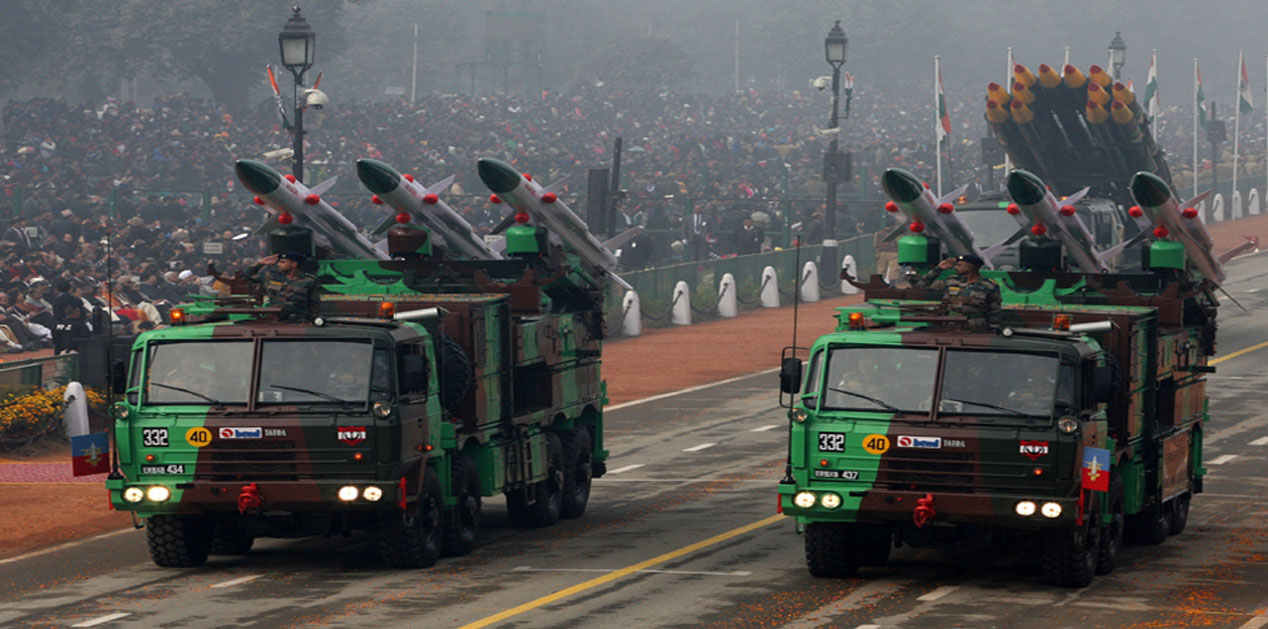


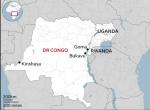
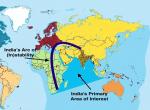

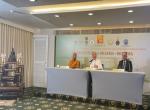
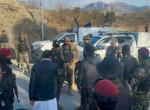

Hello this is test comment..
Post new comment